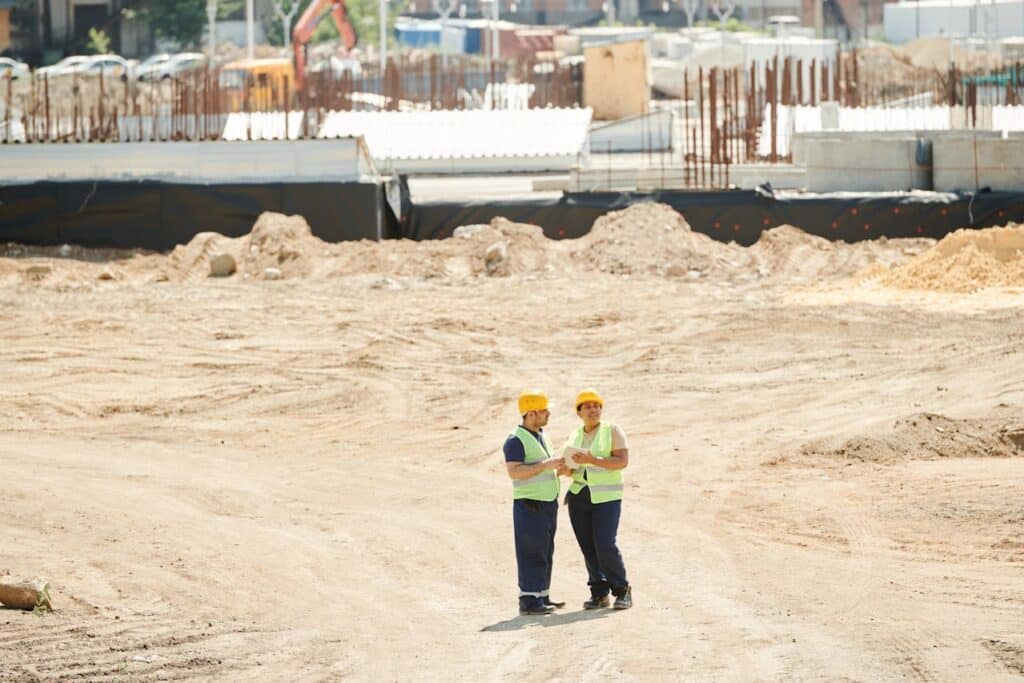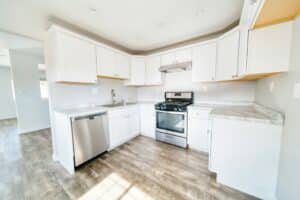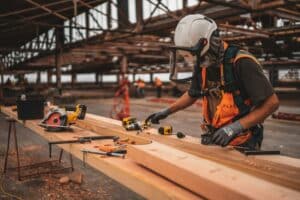Building a home in Thailand presents many exciting opportunities, but also some challenges that can lead to costly mistakes if not addressed properly. With the country’s unique climate and local regulations, it’s important to approach construction projects with careful planning and informed decision-making. Ignoring these factors can result in both safety issues and unnecessary expenses.
One significant aspect of building in Thailand is understanding and complying with local building codes. These regulations are designed to ensure the safety and integrity of structures in the face of tropical conditions. Additionally, selecting the right materials for the climate is crucial. The wrong choice can lead to increased wear and tear, further adding to repair costs in the future.
By focusing on effective planning and working with experienced professionals, you can avoid common pitfalls in the construction process. This attention to detail will not only help in creating a sturdy and beautiful home but also in enjoying peace of mind knowing your investment is protected.
Understanding Local Building Regulations
Navigating local building regulations is crucial for a successful construction project in Thailand. These rules are set to ensure safety, quality, and sustainability in construction. Compliance prevents costly corrections and legal issues. It’s important for builders to familiarize themselves with both national and regional codes, which account for Thailand’s unique environmental challenges, like heavy rains and high humidity.
Building codes in Thailand cover a wide range of aspects, from zoning laws to structural requirements. They specify the minimum standards for materials, structural integrity, and fire safety. Adhering to these codes not only ensures the longevity of the building but also helps in avoiding accidental injuries or structural failures. Ignoring these regulations, on the other hand, could lead to hefty fines or forced demolitions.
To comply effectively, builders should conduct thorough research or consult with local experts. They might also consider obtaining necessary permits before starting constructions to avoid any delays. Regular inspections during the construction process are another way to ensure that the work meets legal standards. Ultimately, respecting these regulations is key to achieving a safe, dependable, and legally sound construction project.
Selecting Suitable Materials for Thai Climate
Choosing the right materials is vital for handling Thailand’s tropical climate. Proper selection can protect against issues such as warping, corrosion, and rapid deterioration, common problems in hot and humid environments. By selecting materials designed to withstand these conditions, you ensure the durability and efficiency of your building.
Some materials excel in this climate:
1. Teak Wood: Known for its natural resistance to termites and moisture, making it ideal for outdoor use.
2. Concrete: Offers strength and is less prone to water damage compared to other materials.
3. Aluminum: Lightweight and resists corrosion, perfect for areas exposed to sea air.
4. Ceramic Tiles: Ideal for flooring due to their ability to remain cool and easy to clean.
Using incorrect materials can lead to increased maintenance costs and reduced building lifespan. For instance, untreated wood may warp or rot quickly, while metals prone to rust can weaken structural integrity. To avoid these issues, consult with specialists who understand the best materials for the local environment. This proactive approach not only minimizes repairs but also enhances comfort within the building, considering the climate’s demanding nature.
Planning for Effective Space Utilization
Effective space utilization in a new home can greatly enhance comfort and functionality. Proper planning helps make the most out of every square foot, ensuring that spaces serve their intended purposes without feeling cramped or underused. One key tip is to focus on open floor plans. Open designs allow for flexible living spaces that can adapt to changing needs over time. This approach maximizes usable space and improves airflow, which is essential in Thailand’s humid climate.
Another vital consideration is ensuring proper room placement. Position frequently used areas, like the kitchen and living room, to benefit from natural light, making these spaces brighter and more inviting. Connect related spaces logically, such as placing the laundry room near the bedrooms, to enhance flow and convenience.
Common layout mistakes to avoid include poor ventilation, which can lead to stuffiness and excess moisture, and overcrowding furniture, which limits movement and usability. Ensure that each room has adequate furniture spacing to promote both function and comfort. This careful planning contributes to a well-organized and harmonious home environment, enhancing the overall quality of life for its occupants.
Ensuring Quality Construction Practices
Achieving quality construction involves more than just selecting the right materials. It requires careful oversight and skilled craftsmanship throughout the building process. Hiring experienced professionals who understand the nuances of constructing in Thailand’s unique environment is crucial. Skilled workers will ensure that construction practices meet high standards, reducing the risk of structural issues and future repairs.
Proper site supervision is equally important. Regular site checks help monitor progress and maintain quality. Supervisors should be vigilant, ensuring every stage of construction adheres to the required standards. This vigilance helps catch issues early, preventing them from developing into costly problems.
To maintain construction quality, use a checklist focused on both safety and efficiency:
– Check that materials meet specified quality standards.
– Verify that structures are aligned correctly and securely fastened.
– Ensure electrical and plumbing systems are properly installed and tested.
– Maintain a clean and safe work site to prevent accidents and delays.
These measures support building excellence, create safer structures, and deliver a finished home that stands the test of time.
Conclusion
Completing a construction project in Thailand brings a sense of accomplishment, but it’s crucial to ensure that every aspect is correctly finalized. By adhering to local building codes, selecting appropriate materials, effectively using space, and maintaining high construction standards, you set your project up for long-term success.
Take time to review every detail upon finishing. Inspect each area to confirm that it aligns with original plans and meets your expectations. Address any last-minute adjustments to ensure everything is just right for your new beginning.
Building a home is a big investment, and taking these extra steps will help protect that investment by providing a solid foundation for the future. It’s not only about creating a structure but about crafting a home that fits seamlessly into its surroundings and lasts for years to come.
Ready to turn your vision into reality? At CJ Samui Builders, we specialize in constructing homes that blend innovation with quality. Whether you need expertise in planning or guidance throughout the building process, we’re here to make sure your project is a success. Contact us today to discover how we can bring your dream home to life in beautiful Thailand!




